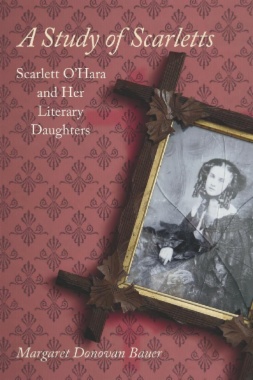Flexible Polyurethane (PUR) foams, in use since the 1950s and familiar from furniture upholstery and other domestic textiles, can be found in museum collections in numerous art and design objects. However, these exhibits pose severe conservation problems due to the ageing of the foam caused by photo-oxidation, leading to discoloration, loss of strength and fl exibility, and fi nally the crumbling of the object.
This defi nitive work outlines the most up-to-date methods of restoring fl exibility of older foams and protecting new foams from degradation by coating them with stabilising systems acting effectively as a ‘sunblock’. The author, an experienced conservator, describes the research involved in developing the new methods and their impact on the visual, textural and chemical properties of treated PUR foams. One of the chapters details the preparation and application of the light stabilizing system to PUR foams.
- Table of Contents
- Preface
- Introduction
- 1: Polyurethanes, manufacture and applications
- 2: Chemistry, properties and degradation
- 3: History of polyurethane foam conservation
- 4: Ageing behaviour of polyurethane foam
- 4.1: Materials and methods
- 4.2: Consolidation of polyurethane foam
- 4.3: Sun Block for polyurethane ether foam
- 5: Assessing the condition of polyurethane foam
- 5.1: Condition of polyurethane ester and ether foam
- 5.2: Condition of polyuerethane foam of works of art and design objects
- 5.3: Instruction for the consolidation of new and aged polyurethane etherfoam
- 6: Case studies
- 6.1: Zuccaia (1991) by Piero Gilardi
- 6.2: Sassi (1972), by Piero Gilardi
- Acknowledgements
- Glossary
- General information
- Bibliography

